Nobody starts out knowing how to cook perfectly. Mistakes happen—burnt garlic, soggy veggies, rock-hard cookies—but every slip teaches something.
The good news? Most kitchen mess-ups have easy fixes once you know what’s really going wrong.
1. Overcrowding The Pan
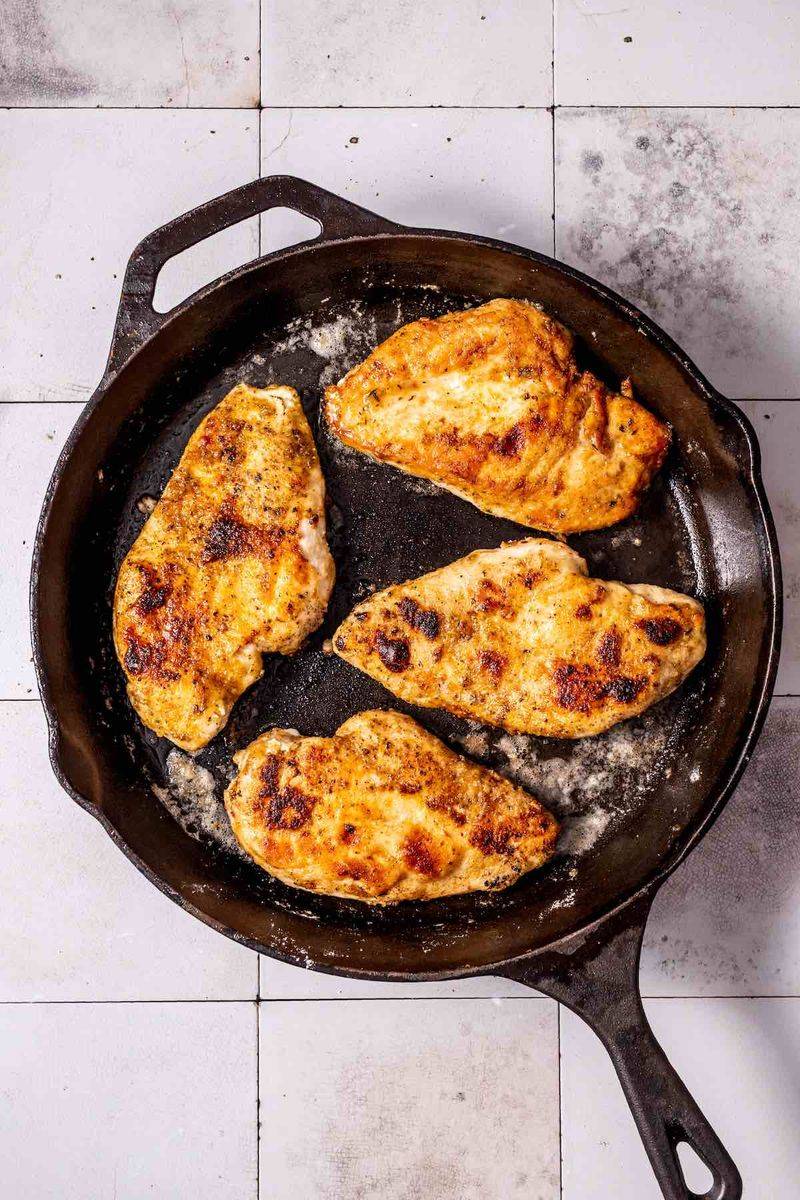
Steam starts rising and food stops browning—it’s a surefire way to end up with pale, soggy bites.
Crowded pans trap moisture, leaving no room for crisp edges or seared flavor. The fix? Cook in batches and give those ingredients some breathing room.
2. Not Letting Meat Rest
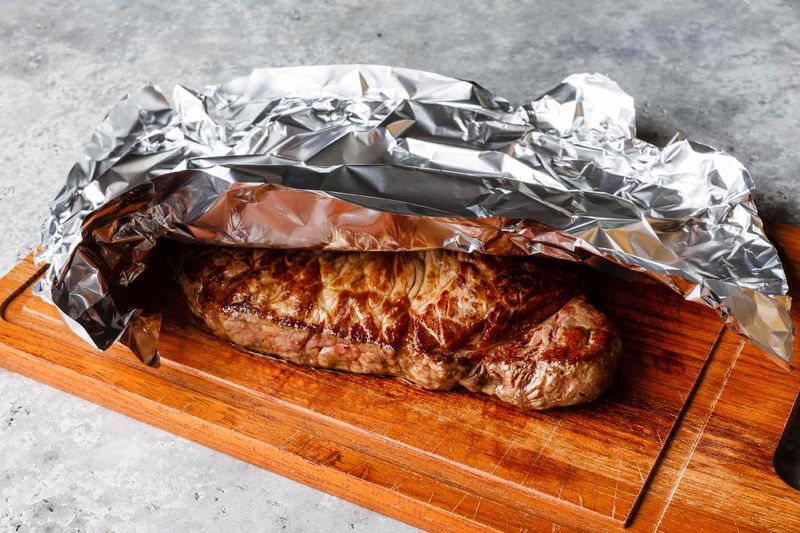
Cutting too soon after cooking sends all those savory juices running out onto the board.
Resting lets the meat relax and hold onto its moisture, making it way more tender. Five to ten minutes makes a big difference, even for chicken breasts or burgers.
3. Using The Wrong Knife
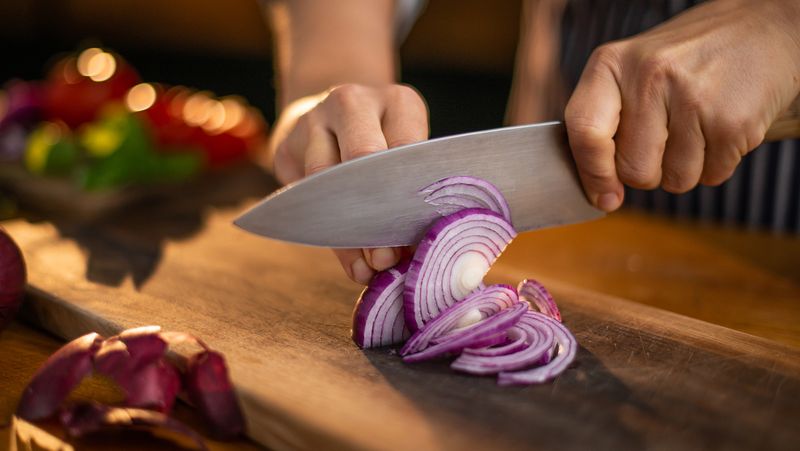
A paring knife won’t cut it for chopping onions, and a chef’s knife is overkill for strawberries. Choosing the right tool keeps your cuts clean, fast, and safe.
Learn the basics—chef’s knife, serrated knife, paring knife—and you’re already cooking smarter.
4. Boiling Instead Of Simmering
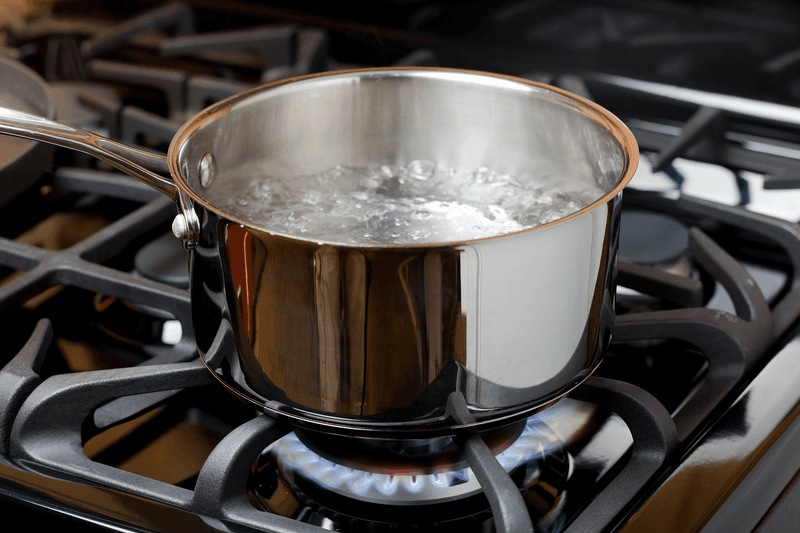
A rolling boil beats things up with wild bubbles and splashes, often overcooking or ruining texture.
Simmering, on the other hand, is gentle and controlled—good for soups, sauces, and braises. Turn the heat down once it starts bubbling, and watch flavor build slow and steady.
5. Not Tasting As You Go
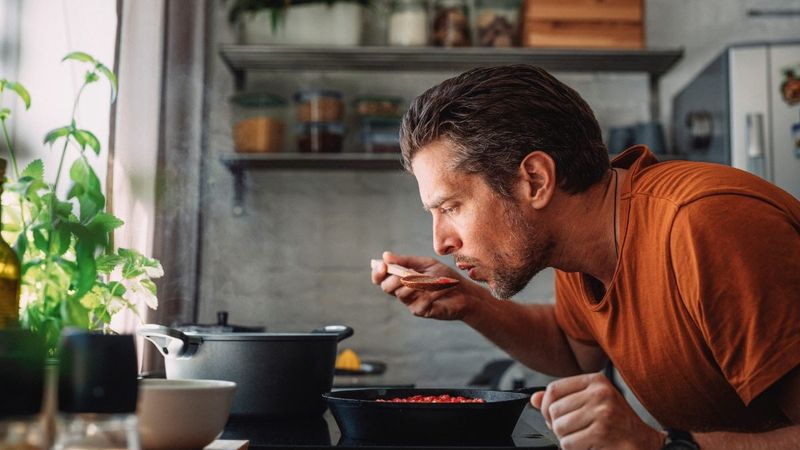
Waiting until the end to season often means you’ve missed a hundred chances to make it better.
Flavors change as things cook, and little tweaks along the way make the dish shine. Keep a tasting spoon handy and trust your tongue.
6. Cooking Garlic Too Early
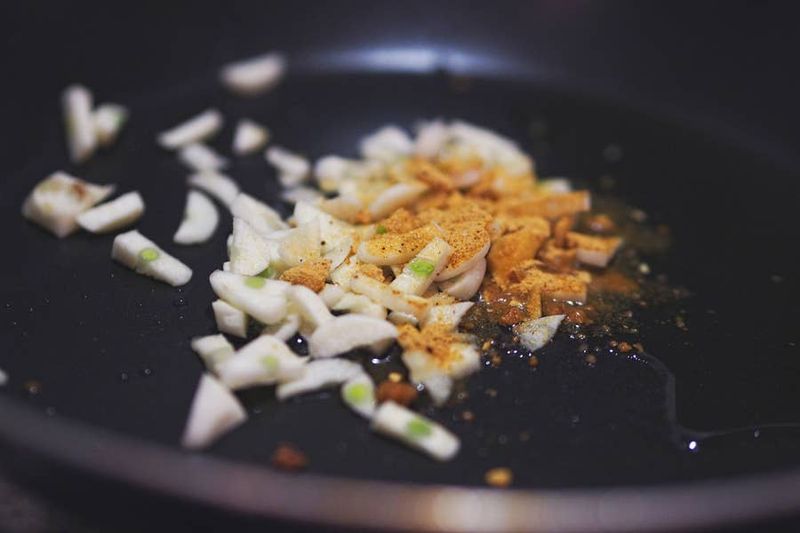
Garlic burns quickly, leaving a bitter taste. Add it later in cooking for a fragrant aroma and sweet flavor. Begin with other ingredients, then introduce garlic. Lower heat helps prevent burning. This timing enhances the garlic’s natural sweetness, elevating your dish to a new level of tastiness.
7. Skipping The Preheat
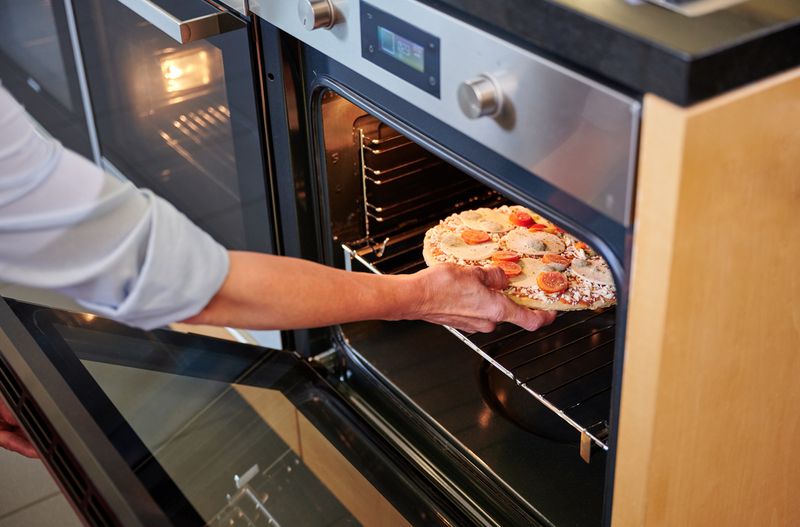
Starting food in a cold oven or pan leads to weird textures and uneven cooking. Heat helps create that beautiful crust on meat or a perfect rise in baked goods.
Always give your oven or skillet time to get hot before adding anything.
8. Using Dull Knives
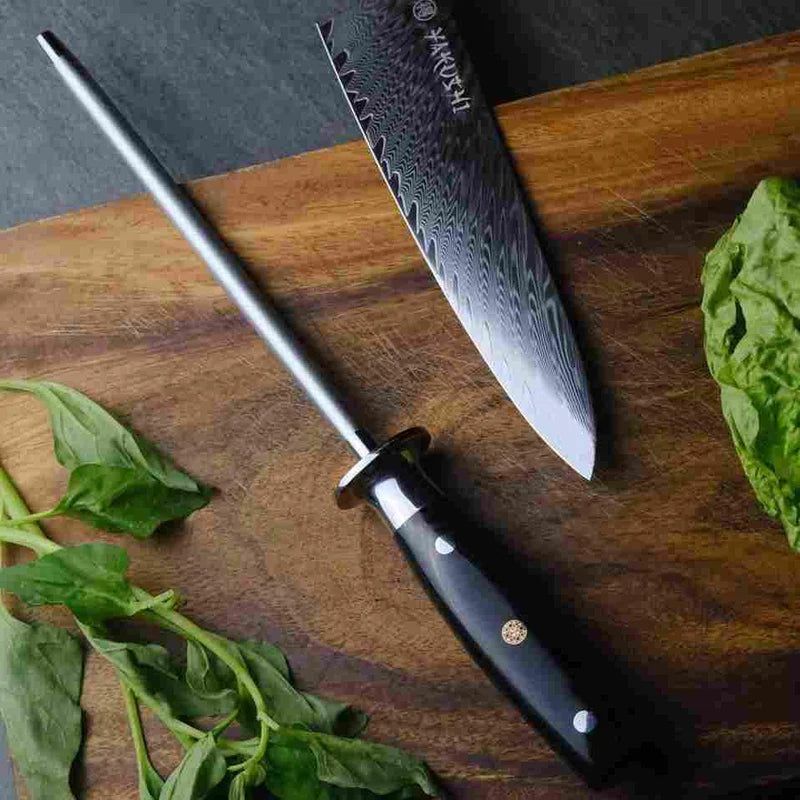
Dragging a dull blade across a tomato is both frustrating and dangerous. Dull knives slip more easily and make your prep work clumsy and slow.
Keep your edges sharp and cutting becomes smoother, faster, and way more fun.
9. Rinsing Pasta After Cooking
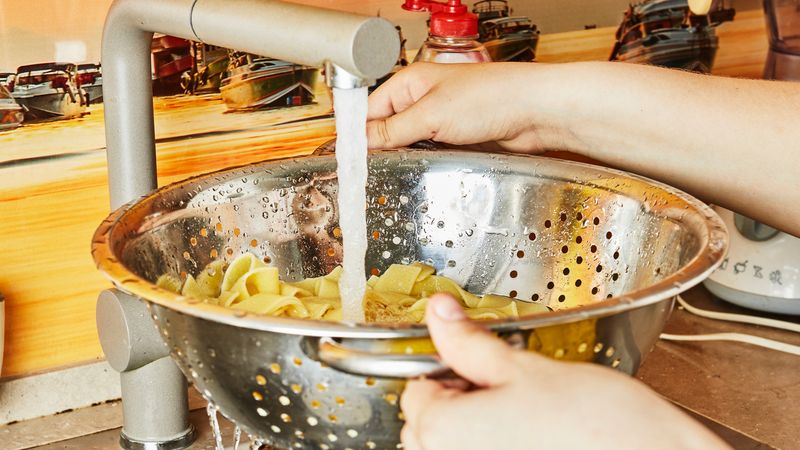
Washing pasta gets rid of that lovely starch that helps sauce cling like magic.
Unless you’re making a cold salad, rinsing is just washing away flavor. Skip the rinse and go straight to sauce for a silky, restaurant-style finish.
10. Flipping Meat Too Often
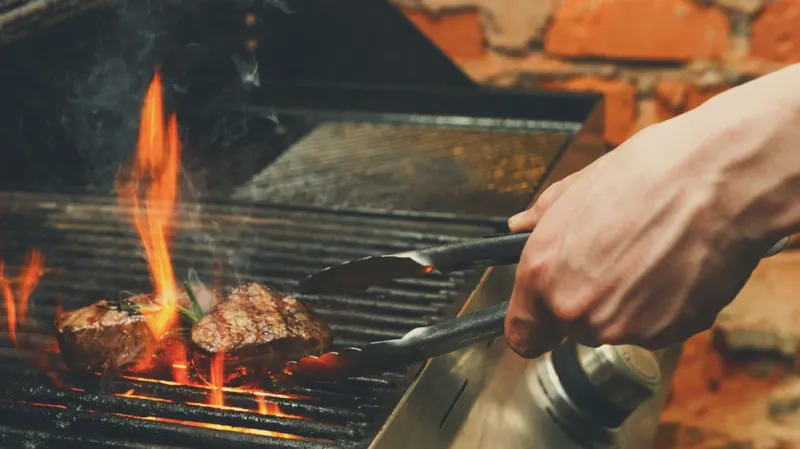
Constant flipping doesn’t help anything cook faster—it just stops it from forming a golden crust.
Letting meat sit still in a hot pan gives it that deep, seared flavor. Flip once, maybe twice, and let the sizzle do the rest.
11. Not Salting Pasta Water
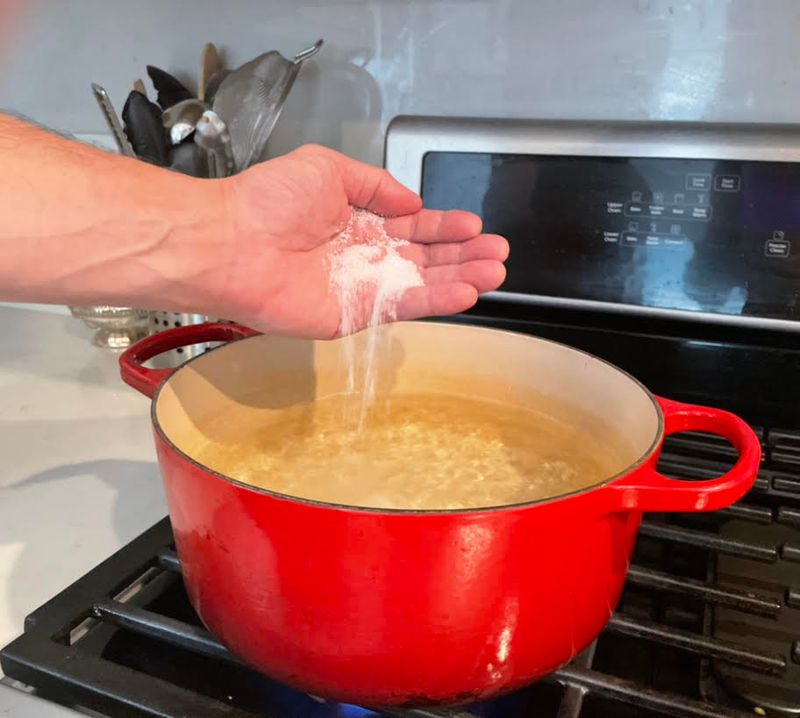
Unseasoned water makes for bland noodles, no matter how good the sauce is. Pasta water should taste like the sea—salty enough to boost flavor right from the start.
It’s the first step to building something great, not an afterthought.
12. Using Cold Ingredients For Baking
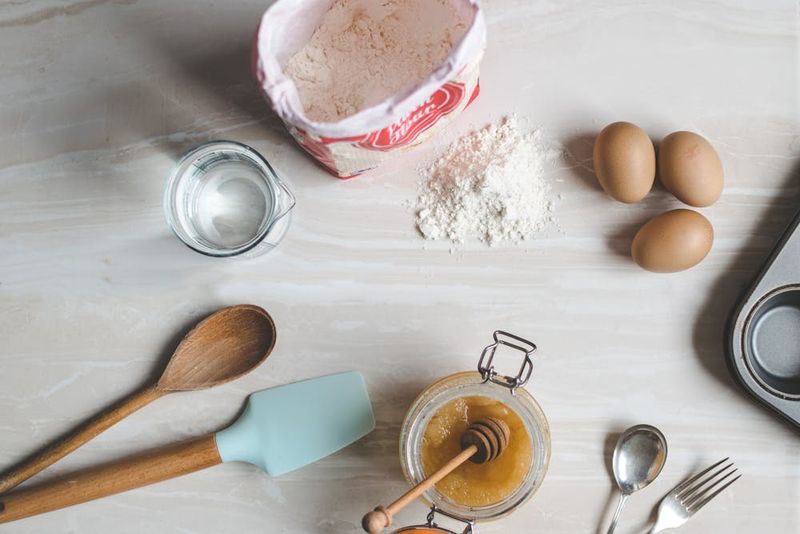
Butter, eggs, and milk straight from the fridge can mess with the texture and rise of baked goods.
Room-temperature ingredients mix better and help everything bake evenly. A little patience upfront pays off in fluffier cakes and softer cookies.
13. Stirring Rice While It Cooks
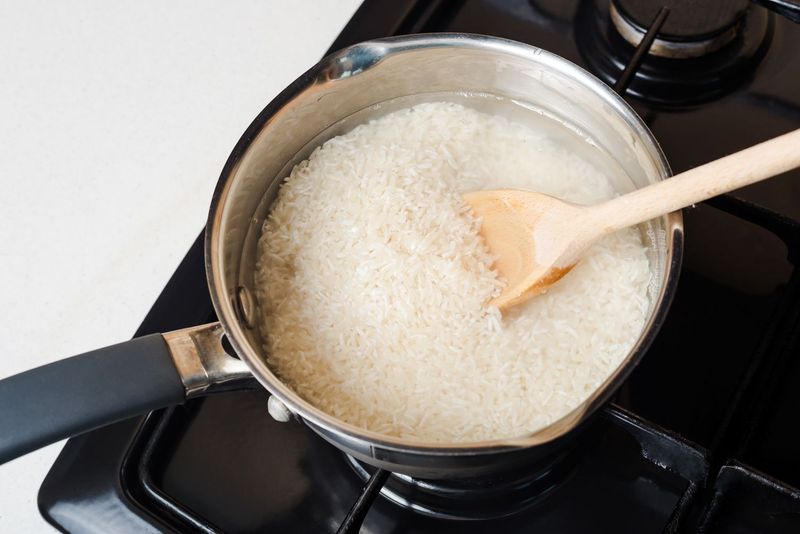
Every stir breaks down grains and turns rice into mushy chaos. Once the lid goes on, rice needs to sit undisturbed to steam properly.
Cook low, no peeking, and fluff only at the very end.
14. Not Drying Ingredients Before Cooking
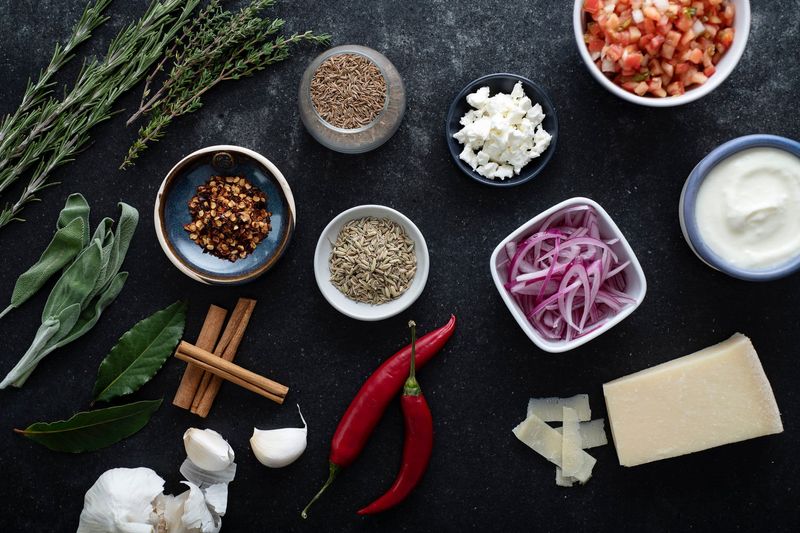
Wet veggies and proteins hit the pan and instantly start to steam instead of sear. Moisture kills browning, and soggy surfaces mean missed flavor.
Pat things dry with a paper towel first—it’s a tiny step with big rewards.
15. Guessing Measurements Instead Of Measuring
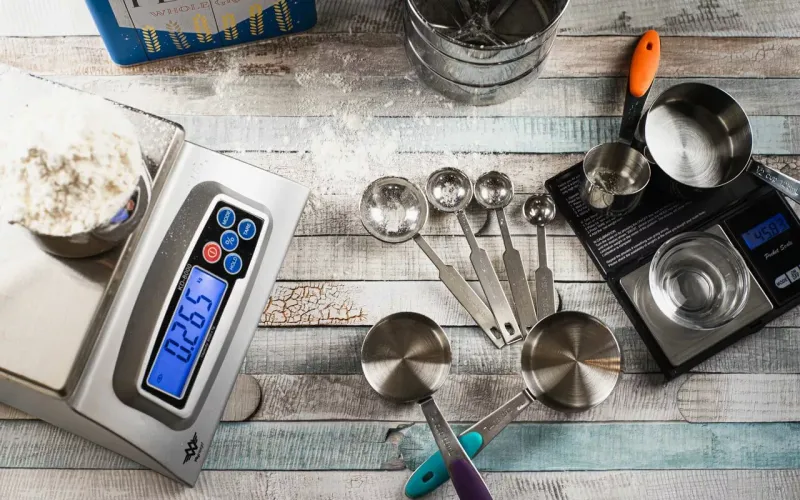
A little too much salt or not enough flour can throw everything off balance. Cooking allows wiggle room, but baking is pure science.
Keep measuring cups and spoons close, and save the guesswork for seasoning to taste.
16. Cooking Everything On High Heat
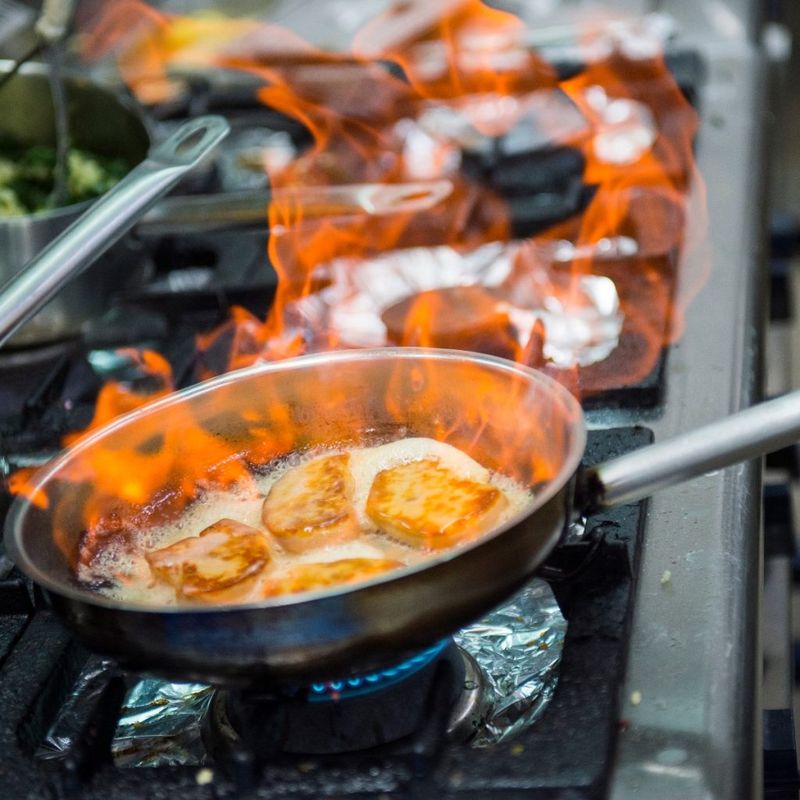
High heat has its place—but using it for everything burns the outside while the inside stays raw.
Medium or low heat brings out depth and avoids disaster. Learn what your dish needs, and dial it back when things start to smoke.
17. Ignoring Your Smoke Alarm (Until It’s Too Late)
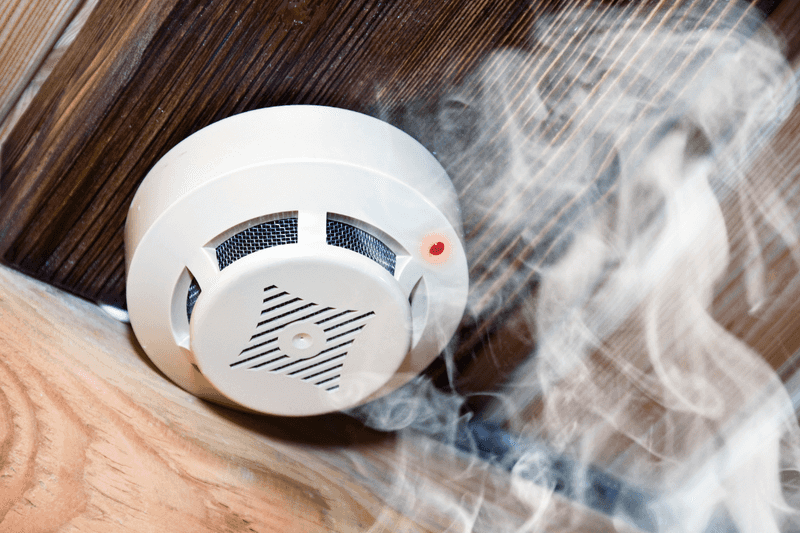
That sharp beep mid-dinner is usually trying to tell you something important. A dirty oven, overheated oil, or forgotten toast can all set it off—and ruin a meal.
Keep it clean, keep it cool, and don’t unplug it unless you’re opening windows too.

